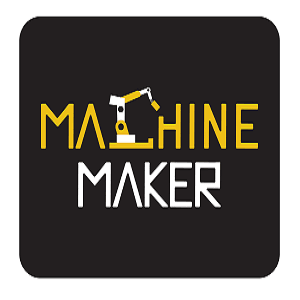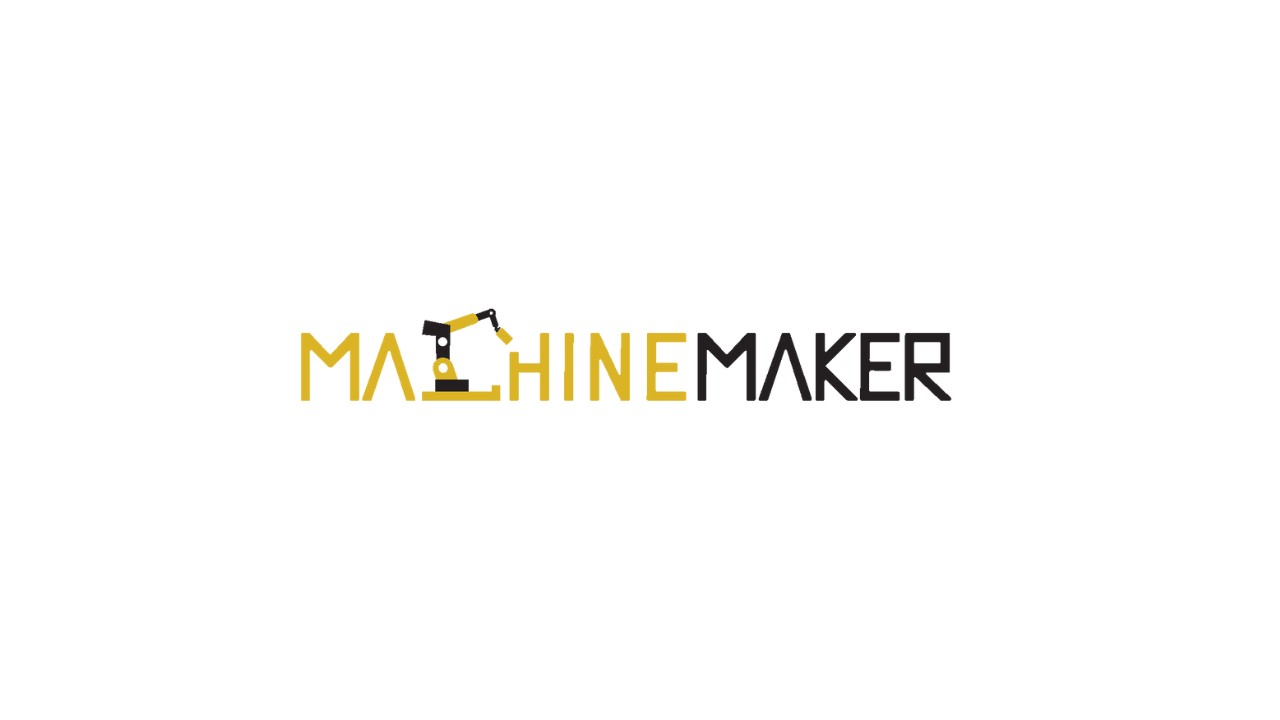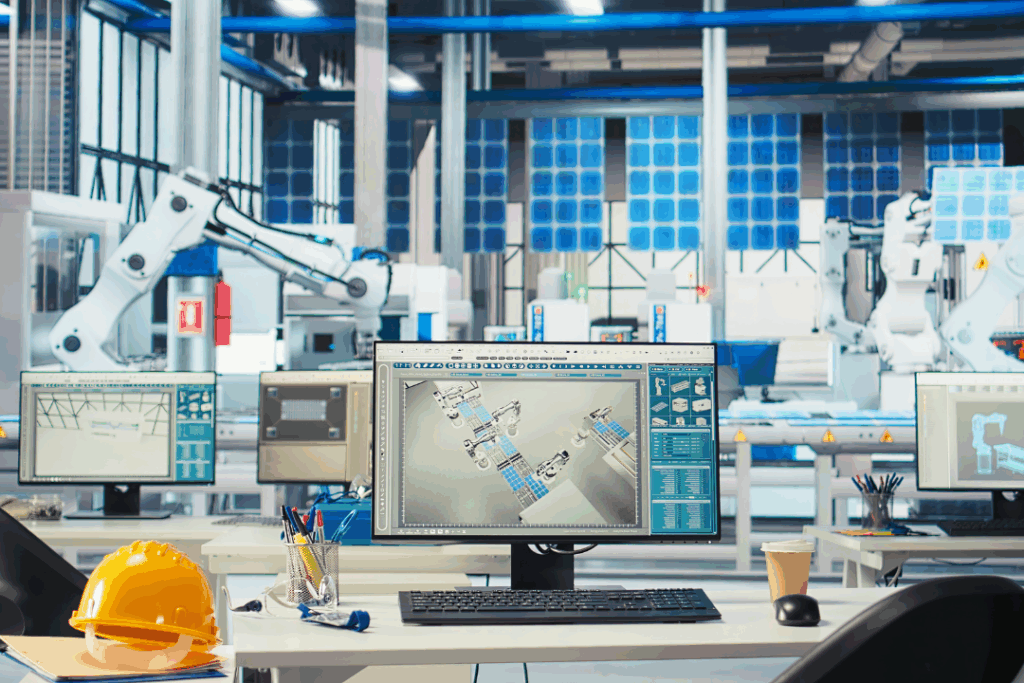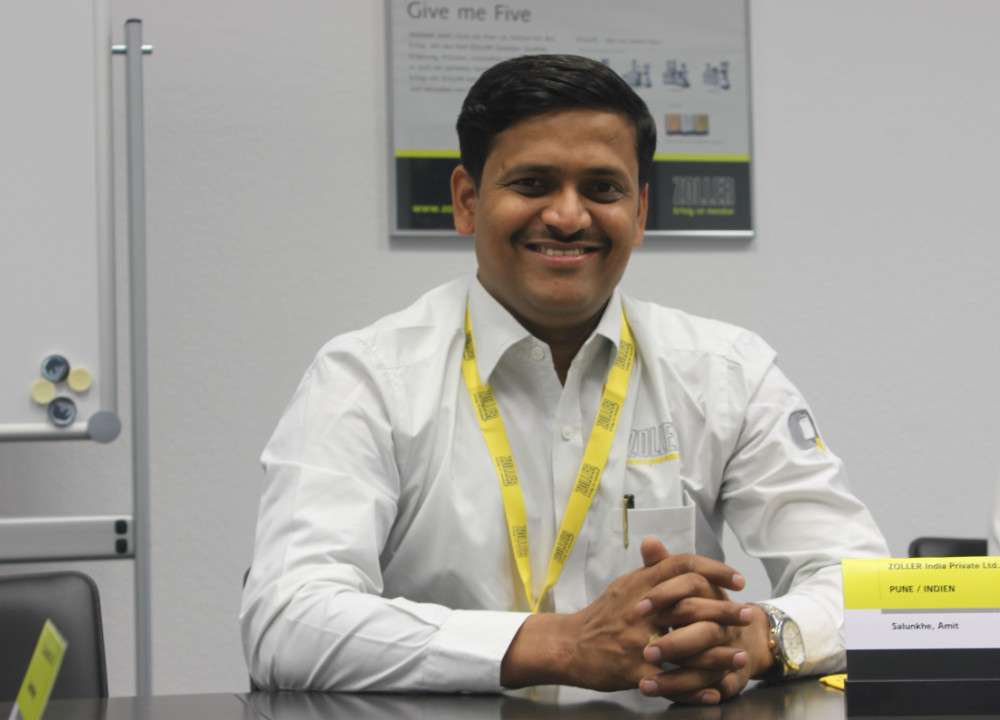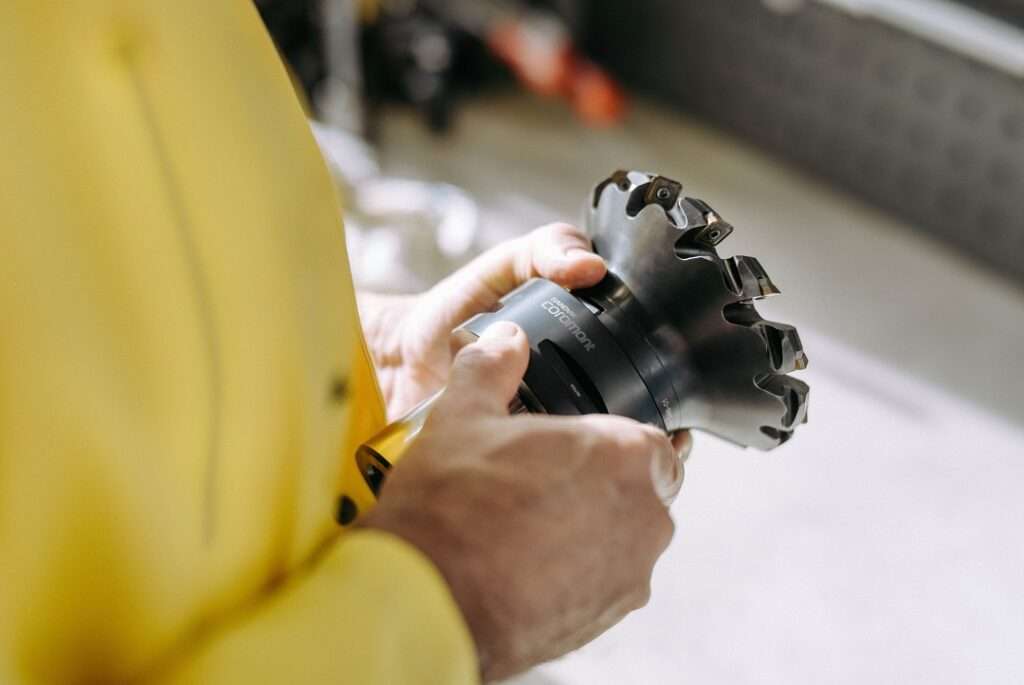Ravindra Moolya is the Director of Speroni India, the Indian subsidiary of Milan based Speroni SpA, who are the world leaders in tool measuring solutions, and is prominent in advocating implementation of advanced manufacturing technologies in India. He is on a mission with partners from India and global manufacturers to make machining intervention free, and also bringing all stake holders on a common platform, Udyog4.0. On an exclusive talk with Machine Maker, he talks about Global and Indian manufacturing collaborations.
What is Udyog4.0 and its relevance today?
In this era of Artificial Intelligence & Machine Learning, most of the Indian industries are still struggling with following industry3.0. There is a big gap in understanding the differences in industry3.0 and industry4.0. A man abundant country, where humans are emotionally involved with machine and manufacturing, the controlling factors become semi-automated. The non-system-oriented operation results in not able to achieve the complete efficiency of latest machine technologies, which is finally termed as the failure of automation. This is where, Udyog4.0 evolves. More than a coined word Udyog4.0 is an effort to bring Indian Manufacturers especially in the machine tool industry together, collaborate for comprehensive support, adapt latest technologies from global counterparts and develop indigenous technology, for the overall benefit of manufacturing in the country.
Can you tell us how developed economies evolved in manufacturing over the years?
Industry3.0 enabled the means of communication from machine to machine reducing human intervention like the data of CNC programing transferred through wired networking. Most of the advanced manufacturing countries were humans were expensive, adapted this manufacturing during the end of nineteenth century. Over the years, they were able to create new infrastructure, a lot of database, which enabled them to improve the manufacturing process. They were able to calculate the losses in the manufacturing process in terms of revenue, where it was realized time was the most expensive commodity, which pushed in further research and development of efficient technologies.
Addressing cost pressure, lack of manpower and faster delivery the advanced manufacturing economies started developing advanced automated machines and systems for on-time manufacturing. Over a period of time, they were successful in eliminating human intervention and dependency, and realized the precision quality achieved consistently. With IIoT, machines were connected, many AI tools were introduced which led to man less factories.
Where India stands on modern manufacturing?
When you travel into an industrial estate it’s very common to see a board displayed looking for “CNC Operators are required”! It’s a general question to be asked why a CNC Machine needs an operator. It’s a Computer Numerically Controlled Machine. Going back the era of 1980’s where most of the machines were manual milling & M1TR machines where the machines were driven by skilled operators. Later when the CNC Machine came to India the operator from milling machine were shifted to CNC Machine. They took the same philosophy of manufacturing into CNC machines as well. If you check with most of the Engineering institutions in India, there mechanical workshop still be using old conventional machines for practicing.
There is a misconception that, implementing automation is to remove manpower. When replacement or up gradation of latest machines in the shop floor, we tend to calculate immediate savings of using manpower against automated system, and tend to settle for outdated technologies. On the contrary manpower can be used as a good support system by upgrading skills and adapt new technologies which can improve productivity and profitability. This was adapted by our neighboring country, China who are the world leaders in manufacturing today.
What are the ways forward?
On the era of Industry4.0, we are still struggling to get the real benefit of implementing industry3.0 in our factories. We at Indian industry has to find a solution where the advantages of latest manufacturing technologies can complement the advantage of huge employable manpower. This is where Udyog4.0 becomes relevant. It is necessary to adopt efficient manufacturing systems which can improve the productivity, but also suits our manufacturing culture. Udyog4.0 will be designed to form a collaborative approach to provide complete solution to the manufacturing process. Udgyog4.0 needs to be built on Trust, Collaboration, Network and Value Innovation. Udyog4.0 brings all stake holders in a manufacturing process to give a single window solution.
You can reach Ravi at ravi@speronispa.com or visit www.speroni.in for their latest tool presetter solutions.

